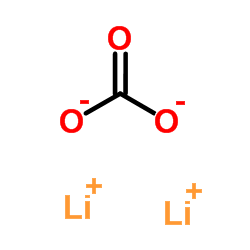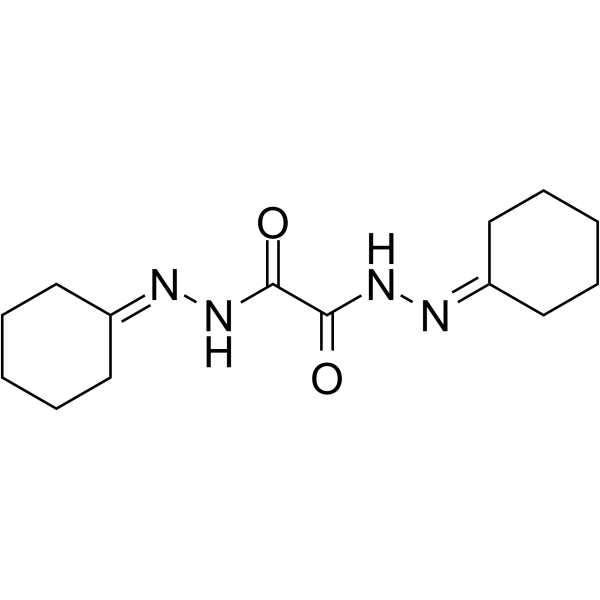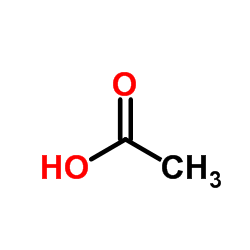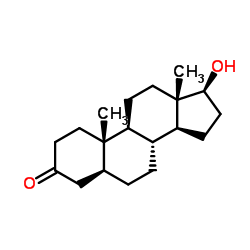| Structure | Name/CAS No. | Articles |
|---|---|---|
 |
Chloroform
CAS:67-66-3 |
|
 |
Ethanol
CAS:64-17-5 |
|
 |
Lithium carbonate
CAS:554-13-2 |
|
 |
oxalic bis(cyclohexylidenehydrazide)
CAS:370-81-0 |
|
 |
acetic acid
CAS:1173022-32-6 |
|
 |
acetic acid
CAS:64-19-7 |
|
 |
Stanolone
CAS:521-18-6 |
|
 |
LITHIUM-7 CARBONATE (Li7, 99.9%)
CAS:71552-93-7 |